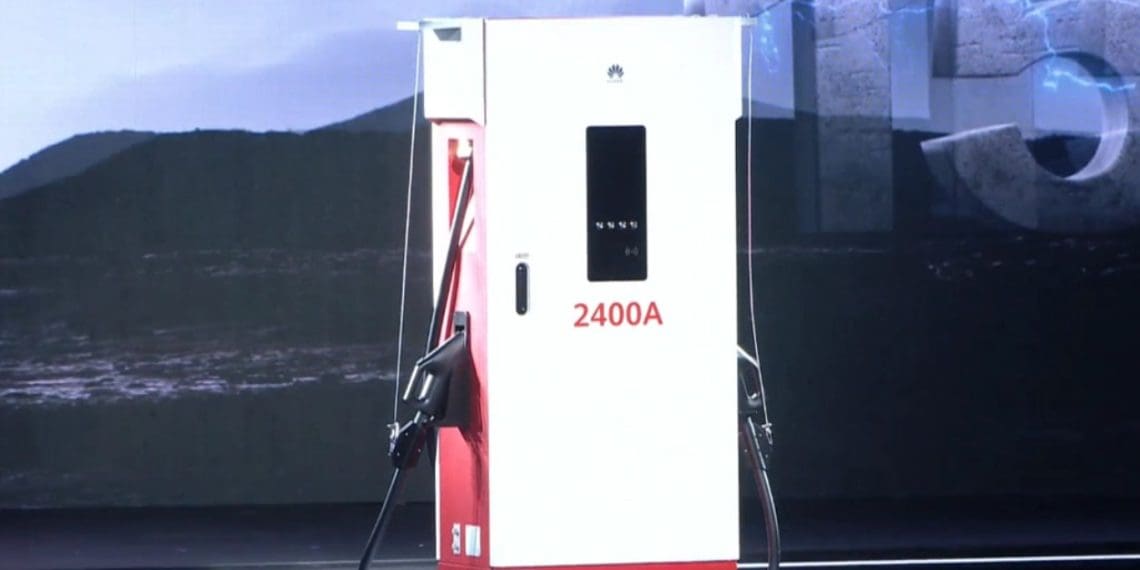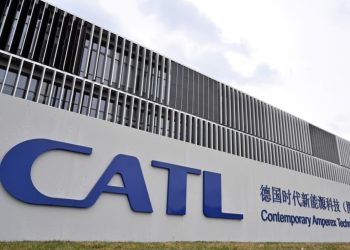Huawei has introduced a megawatt supercharger for electric vehicles, fully liquid-cooled, which stands out for its peak capacity of 1.5 MW and a maximum charging current of 2,400 Amperes.
The new supercharger can deliver 20 kWh per minute, allowing a 300 kWh battery to reach a full charge in just 15 minutes.
Huawei claims that this supercharger will be aimed at fully electric heavy vehicles, and that the charging time for a battery represents an improvement of nearly four times in charging efficiency compared to traditional fast charging stations.
A key technological innovation is the supercharger’s immersive liquid cooling system. This design addresses the critical challenge of thermal runaway, often associated with high-power charging, ensuring stable operation across a wide temperature range from -30 °C to 60 °C.
In this way, Huawei asserts that this increases reliability, reducing the failure rate by 50% and extending the equipment’s lifespan to 15 years. The system incorporates silicon carbide (SiC) chips developed by Huawei, which the Chinese brand claims offer three times the energy density of conventional silicon-based components.
Huawei has also announced that intelligent resources have been integrated, including an innovative power allocation algorithm that dynamically adjusts output power, thereby mitigating potential impacts on the electrical grid. The system also supports vehicle-to-grid (V2G) interaction, allowing for bidirectional energy flow.
In collaboration with State Grid, the National Electric Grid Company of China, Huawei has developed an intelligent scheduling system to dynamically manage charging power and reduce network load peaks by up to 40%.
Looking to the future, Huawei announced that it has established strategic partnerships with major logistics players, aimed at the initial deployment of 5,000 heavy electric vehicles compatible with the new megawatt charging system.
However, the implementation of high-power superchargers like those from Huawei faces global challenges, particularly related to the electrical infrastructure needed to support such high loads.













